“Against her ankles as she trod,
The lucky buttercups did nod.”
- Jean Ingelow, ‘Reflections’
The beautiful ranunculus, or buttercup, as it’s more commonly known, is a popular and well-known garden and cut flower that has captivated flower lovers with its special secret and charm. This beautiful flower has a few commonly recognised types but it is a diverse species with varying apperances. Whether in a flower bouquet or blooming in a garden, buttercups are a delight to the senses. Learn more about this stunning flower from Give Gift Boutique Hong Kong.
Pronunciation
Ranunculus: ruh·nuhng·kyoo·luhs
Scientific Information
The buttercup is a genus of around 300 species of flowering plants in the Ranunculaceae family. Buttercups, in general, are perennial but can occasionally be annual or biennial, herbaceous, aquatic, or terrestrial plants. Its appearance is often a rosette at the base of a stem and grows to around 30cm in height. Buttercups have tuberous or fibrous roots and they grow from corms. The petals of buttercups are special, especially in the yellow varieties, as it has a colouration mechanism that makes the petals surface highly reflective and mirror-like. Buttercup petals can be solitary or loosely clustered with five green sepals and generally bloom between the early spring and early fall.
Origins and Naming
Buttercups originated in the Mediterranean from Greece, Turkey and Iran as well as parts of Europe and North America. Its name, ranunculus, is Latin for “little frog”, likely owing to the many native species that were found near water. Its common name, however, derives from folklore. One such false belief is that buttercups are what gives butter its yellow hue. Additional folklore involves a children’s game in which children hold a buttercup up to their chin, of which a yellow reflection is supposed to indicate a fondness of butter.
Buttercups in Flower Arrangements
Buttercups, specifically the r.asiaticus are extremely popular in flower bouquets and arrangements. This type of buttercup comes in a variety of colours and has a round peony-like shape. What’s more, is that they’re a great flower for those with allergies as they contain no fragrance. Buttercups are perfect for every day or a special occasion. Here are a few ways you can add buttercups to your next flower arrangement.
*Pair buttercups with other spring flowers like tulips for a fresh spring bouquet, especially in the same shade with accompanying greens.
*Use buttercups and peonies to make for a romantic wedding bouquet. The shape and colour of these flowers compliment each other nicely and the symbolism behind each of them is perfect for a wedding.
*If you can get a different variety of buttercup, wildflower arrangements make fabulous flower décor. Pair the buttercups with delphinium, daisies, baby’s breath for a fresh and natural-looking arrangement.
*Buttercups also look lovely on their own and can be showcased in a variety of ways. Its long stems make for favourable French-designed bouquets but they also look striking in decorative vases.
*Buttercups pair nicely with roses due to their similar shape and colour variety.
*Yellow buttercups, sunflowers and yellow orchids can be arranged for a gorgeous flower arrangement and décor.
Related: Spring-Inspired Gifts and Flowers
Popular Buttercup Types and Colours
Photo by 8kka ame on Unsplash
In the wild, the natural colours of the buttercup were that of white and green. Since humans began cultivating the buttercup, we’ve created a wider range of colours for this flower from white, pink, orange, lavender, gold, and red.
Here are some prominent or interesting types of buttercups.
R. asiaticus – The Florist’s Buttercup or the Persian Buttercup
The Persian buttercup is the most popular type of buttercup used by florists. This cultivated beauty is unlike any of the other varieties of buttercups and resembles more of a peony than a traditional buttercup. This type of buttercup comes in a variety of colours and grows around two feet tall.
R. acris – Wild Meadow Buttercup
Sometimes referred to as Tall Buttercups as they grow to be almost three feet in height and contain small brightly coloured yellow blooms. These meadow beauties are native to Eurasia though they have been widely introduced to other parts of the globe, especially in the United States where they often grow in meadows and forest clearings.
R. hispidis – Swamp Buttercup
This buttercup grows within the Eastern North American wetlands. It grows in one single yellow flower that grows on stems that reach around six inches in height.
R. peltatus – Pond Crowfoot
This type of buttercup is a perennial water plant that grows natively in Europe and across parts of Asia. It’s generally found in slow streams, ponds or lakes. This variety of buttercup favours clean water while a similar type of buttercup, the R. p. baudoti favours brackish water.
R. repens –Creeping Buttercup or Butter Daisy
Native to Eurasia and widely naturalised throughout North America, these buttercups and their foliage can grow and spread almost two feet wide and have the traditional bright yellow flower.
Buttercup Symbolism and Meaning
Buttercup’s general symbolism embodies friendship, humility, simplicity, charm, and attraction. The varying colours of buttercups also hold their own meaning.
*Red – love and passion
*Pink – romance, love, gentle disposition
*Orange – passion and strong emotions
*Yellow – joy and new beginnings
*Green – good fortune, renewal, optimism, youth
*White – purity
Buttercup Flower Care
Buttercups are generally easy flowers to take care of and can last a long time. In a garden, they can live up to 10 years and cut flowers can last up to two weeks in a vase with proper care.
Garden Care
Buttercups need to be watered on a very regular basis once their leaves emerge and through their blooming season. Dead flowers should be removed as soon as possible and once they have all finished blooming and leaves begin to turn for the season you can stop watering them. Buttercups benefit from being fertilized on a bi-weekly basis and prefer soils that sandy, loamy, and has medium moisture.
If you live in an area with freezing winters, you should dig up the buttercup corms before the cold sets in and then replant them after the last frost. If left in the ground, be sure the soil is well-drained to prevent the corms from rotting. It is also important to protect buttercups from animals and insects while they’re growing. A bird netting will help protect birds from eating the new shoots until they’re about four inches in height.
Cut Flower Care
*Cut the stems at a 45-degree angle.
*Use flower food.
*Prune and remove any dead or dying leaves or petals, especially if they’ve fallen in the water.
*Change the water daily.
Interesting Facts About Buttercups
*All buttercup species are poisonous to humans and animals. Take this into consideration if bringing in a buttercup bouquet into your home with animals and young children.
*The roots of the buttercup, however, are not poisonous and have been used by Native Americans to treat skin conditions like eczema.
*Buttercups are different from other flowers in that they possess a pool of nectar at the bottom part of their petals. The nectar attracts many insects and helps with the flower’s pollination.
*All buttercups are heliotropic which means their blooms follow the sun, just like a sunflower.
*Buttercups have no fragrance.
*The buttercup plays a part in certain myths and folklore within Persia and North American Indigenous people.
This is a Hong Kong GGB original 'Flower Facts: All About Buttercups' blogpost.





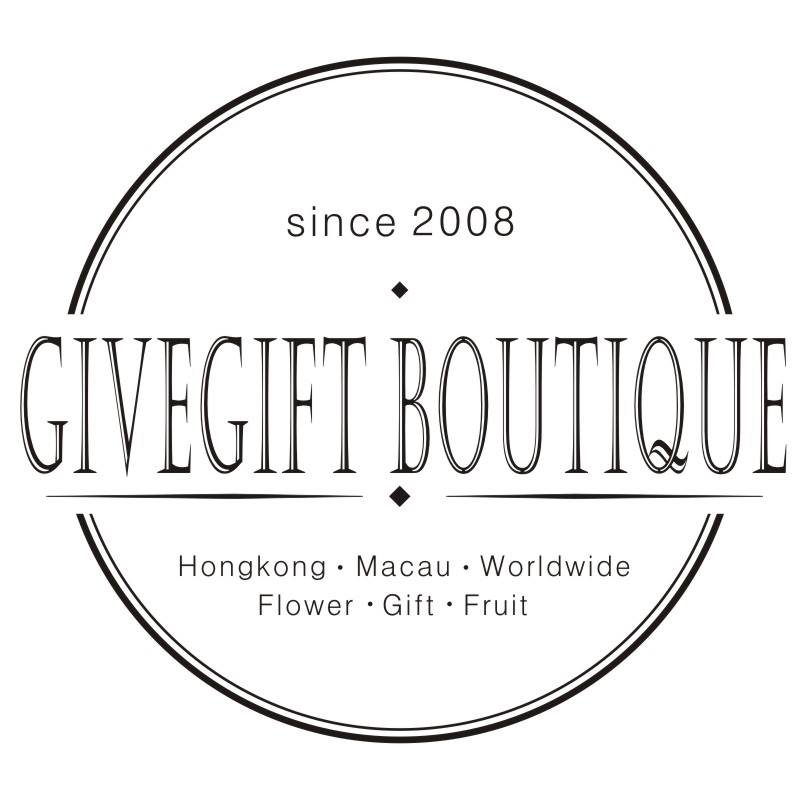
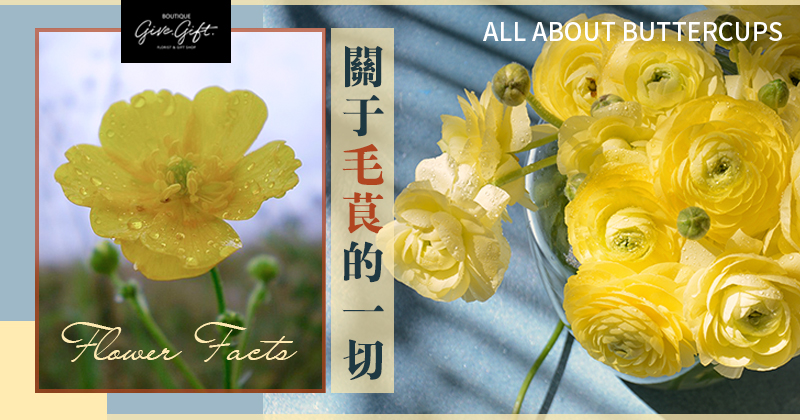
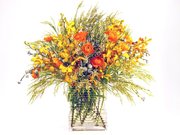
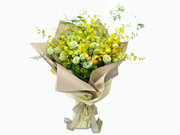
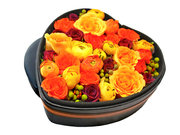
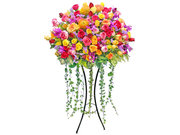
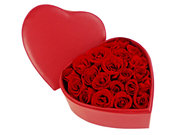
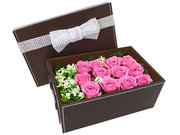
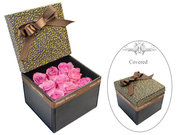

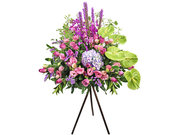
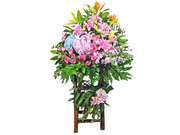
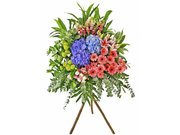


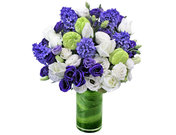
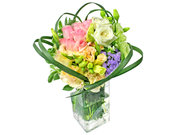
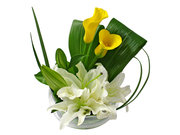
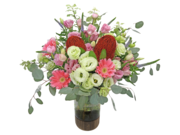
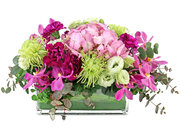
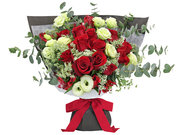

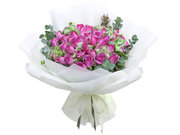
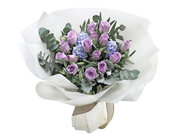
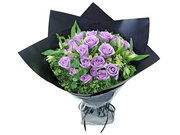
 Share
Share Tweet
Tweet +1
+1  Pin it
Pin it Post
Post  Weibo
Weibo Review
Review

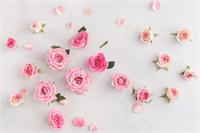
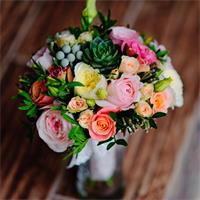
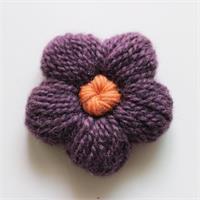
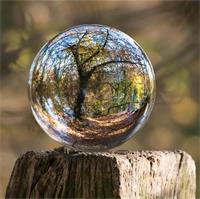
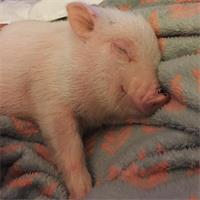
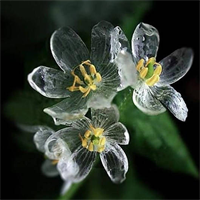
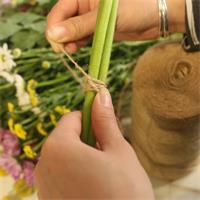
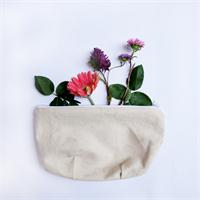



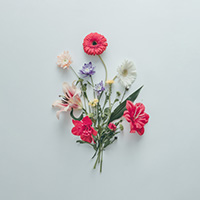
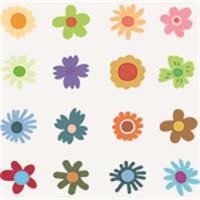
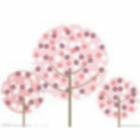
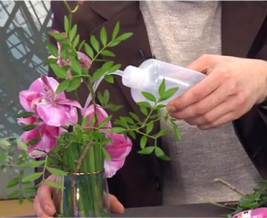



 Diwali Gifts
Diwali Gifts 
 ▶
▶